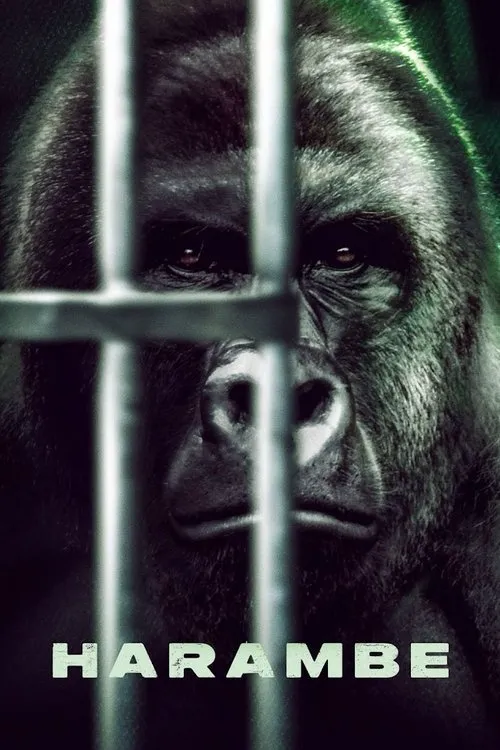Harambe

Plot
In a world teeming with life, the fate of many creatures hangs in the balance. The story of Harambe, a magnificent western lowland silverback gorilla, serves as a poignant reminder of the delicate balance between humans and animals in captivity. This powerful feature-length documentary delves into the complexities surrounding animal captivity, using Harambe's tragic life and death as a lens to explore this thought-provoking topic. Born in the wild, Harambe was a critically endangered western lowland silverback gorilla, one of the oldest and largest subspecies of gorillas. In 2016, he found himself in the confines of the Cincinnati Zoo, where a combination of conservation efforts and educational programs aimed to educate visitors about these majestic creatures. However, Harambe's life took a devastating turn on that fateful day in May of 2016. A three-year-old boy somehow managed to slip into the gorilla enclosure, an incident that left zoo officials and Harambe's handlers in a panic. Despite numerous attempts to safely retrieve the child, Harambe began to approach the young boy, unaware of the danger that lurked. In a split second, tragedy struck. The zoo's safety protocol dictate that a threat to human visitors would necessitate immediate action, Harambe's behavior was misinterpreted as a threat. As a result, a zoo employee made the heart-wrenching decision to shoot Harambe, ending the life of a creature that had been living in captivity for nearly 17 years. The news of Harambe's death sent shockwaves across the globe, sparking an international outcry. Social media platforms were flooded with tributes and condolences for the fallen gorilla. A photograph of Harambe sitting majestically in the enclosure, taken moments before his demise, quickly became a viral sensation. It was an intimate glimpse into the life of a wild animal, one that had been confined and domesticated for the sake of human entertainment. However, as news of Harambe's death began to dominate headlines, a more pressing concern emerged. Was the incident a result of human error, or was it an unfortunate but inevitable consequence of keeping animals in captivity? Should Harambe have been considered a wild animal, deserving of freedom, or was he just another exhibit to be gawked at by the masses? The Cincinnati Zoo, in an attempt to salvage their reputation, argued that Harambe posed an immediate risk to human safety. The zoo's statement read, "The gorilla, a 450-pound silverback, was a 17-year-old male that had been relocated to Cincinnati from the Gladys Porter Zoo in Brownsville, Texas, in 2014." They also emphasized the gravity of the situation, stating that, "the safety of our visitors is our top priority, and we follow rigorous safety protocols to ensure that all of our animal exhibits are safe for guests." However, these claims only fueled the debate, leaving many to question the ethics of animal captivity. Animal rights activists and conservationists pointed out that Harambe was a wild animal that had been taken from his family and homeland. In the wild, western lowland gorillas live in troops, led by a dominant male silverback. Harambe's enclosure, no matter how impressive, could never replicate the complex social dynamics of his natural habitat. Moreover, experts argued that the enclosure was not designed to withstand such unexpected events. Many have criticized the zoo for what they perceived as a lapse in animal welfare standards. Questions were raised about the safety of the exhibit, the protocols in place for such situations, and the long-term effects of confinement on animals like Harambe. In the aftermath of Harambe's death, a wave of grief swept over animal lovers worldwide. His life and untimely demise served as a catalyst for a global conversation about the ethics of animal captivity. This documentary takes us on a journey, exploring the complexities of keeping animals in captivity. Through the lens of Harambe's story, it sheds light on the dark underbelly of the zoo industry and forces us to confront our relationship with animals. As we delve into the world of animal captivity, it becomes apparent that the line between wild and domesticated is far from clear-cut. Harambe, in his final moments, embodied the struggles of modern-day wildlife, caught between the world that created them and the one that confines them. His tragic story has sparked a necessary discussion about our responsibilities towards these magnificent creatures.
Reviews
Recommendations


